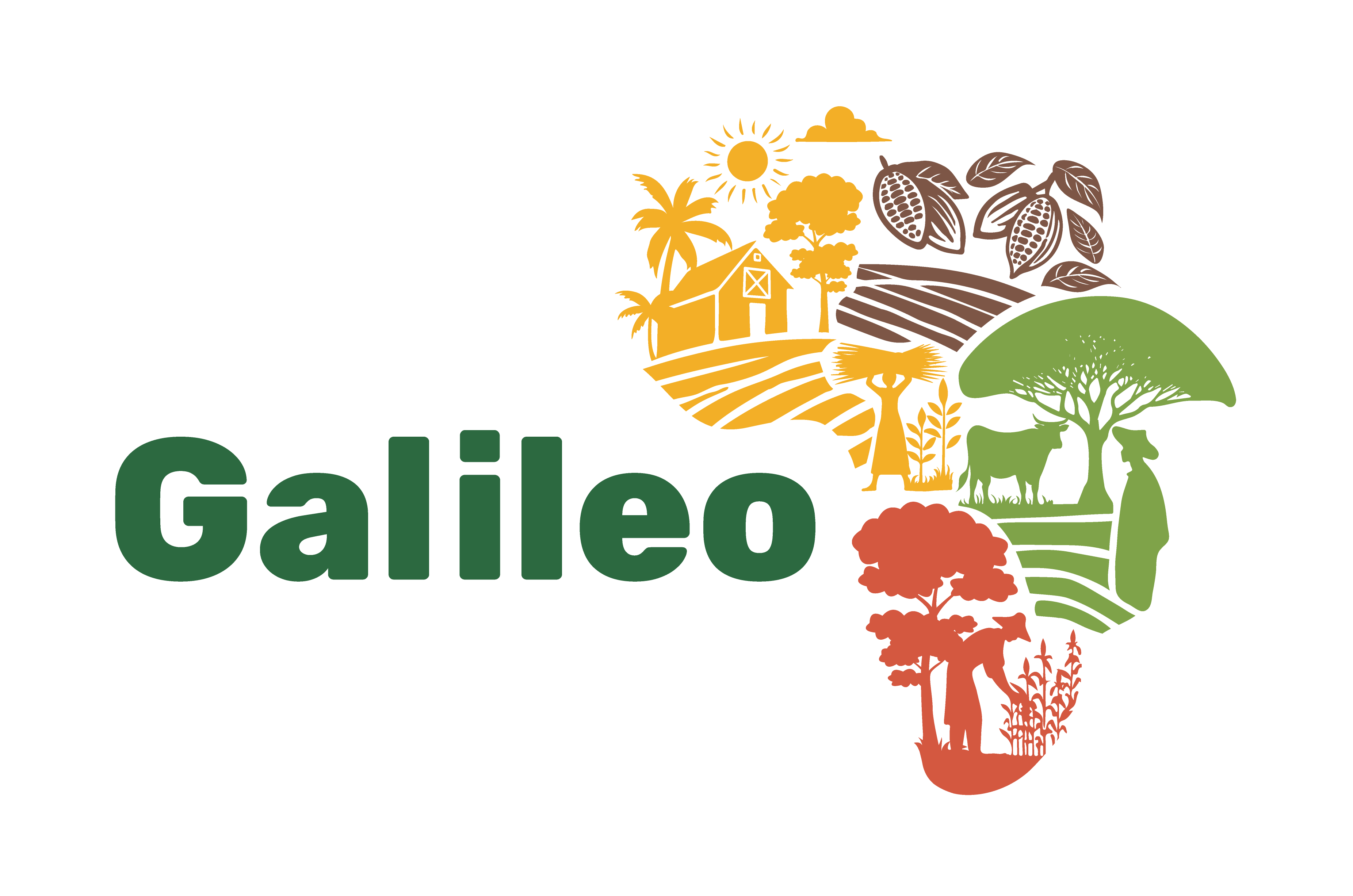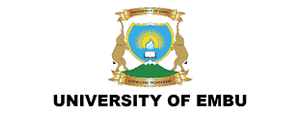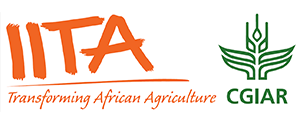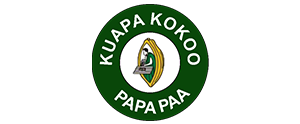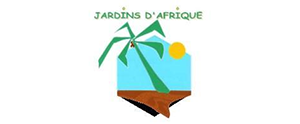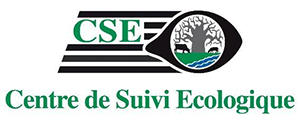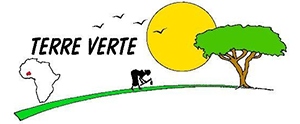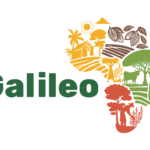
04 July 2025
Written by Ivan Cornut, CIRAD
Cacao-For-Flux Mast Is Up in the Air in Cameroon
Cocoa Agroforestry in Cameroon: A Unique System
Cocoa cultivation in Cameroon differs significantly from practices in Ghana or Ivory Coast. Here, cocoa is typically grown in complex agroforestry systems featuring high shade tree density and species diversity. Common forest shade trees include Kapok, Fraké, Iroko, and Njansang, while fruit trees like safou, avocado, and citrus are also integrated.
From the farmers’ perspective, these trees improve the sustainability of cocoa production and offer alternative income sources. Moreover, they may help mitigate climate change—though this still needs scientific validation and this is where the GALILEO project comes in). From a global climate perspective, these agroforests are also hypothesized to sequester more carbon than cocoa monocultures.
Measuring Carbon Fluxes: Why Build a Flux Tower?
When researchers ask questions about carbon fluxes, water availability, or the impacts of climate change, the first response is to set a flux tower. This infrastructure enables the measurement of CO₂, water, and energy fluxes over a defined area. Unfortunately, flux towers are expensive to build and maintain, which has resulted in limited installations in tropical regions, despite their ecological importance.
In Central Africa, only one other flux tower in Congo is operational. The Cocoa-For-Flux project aims to change that.
Launching the Cocoa-For-Flux Project
The Cocoa-For-Flux project is hosted at the Ntui Living Lab, part of the GALILEO project, led by partner IRAD in Cameroon. The infrastructure was primarily funded by France’s PEPR FairCarboN program through the RIFT initiative. It is now one of three highly instrumented sites in the GALILEO Living Labs, alongside Niakhar and Darha in Senegal.
How Does a Flux Tower Work?
The main technique used in flux towers is called eddy covariance. It requires two high-frequency measurements:
1. Gas concentration (CO₂ or water vapor)
2. Vertical wind velocity
These are obtained using a sonic anemometer and an infrared gas analyzer. The former tracks wind speed using ultrasonic waves, while the latter measures gas concentration through light absorption—a property that also makes these gases potent greenhouse gases.
To capture accurate data, these instruments must be installed above the forest canopy. In Ntui Living Lab, the canopy reaches 45 meters, so the mast had to be built at 55 meters.
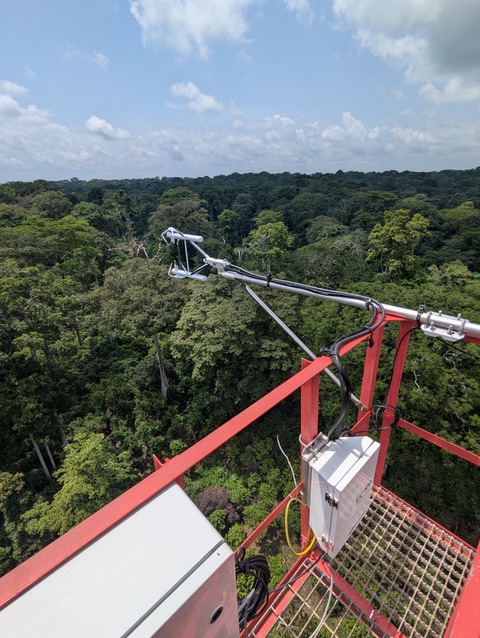
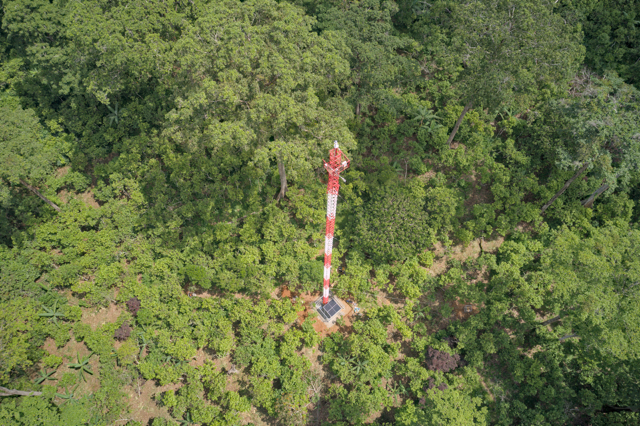 Building the Tower: From Vision to Reality
Building the Tower: From Vision to Reality
The past year focused on three major objectives:
-
Finding a suitable cocoa agroforestry site
-
Purchasing scientific instruments
-
Constructing a 55-meter flux tower
Fortunately, the first two went smoothly. We identified an ideal cocoa farm in Ntui, surrounded by agroforests, with a cooperative farmer and supportive neighbors—both crucial for community acceptance when the aim is to install visible and imposing infrastructure in a village. We also secured the backing of local administrative and traditional authorities, which is vital in Cameroon where traditional chiefs are part of the state structure.
The mast was finally completed in April 2025, with instrument installation planned for May. Once operational, real-time data will be shared via a dedicated website. Data from the site will be useful not only to GALILEO partners for plot-level investigations but also hopefully provide ground truths for satellite measurements and continental vegetation models.
What’s Next: Instruments, Measurements, and Models
We’re already tracking cocoa tree productivity and have used terrestrial laser scanning over 1 hectare of land to build allometric models and assess leaf area density. These help model the biophysical dynamics of cocoa plots.
In the coming months, we will install:
-
Soil temperature rods (for energy budget analysis)
-
Soil water sensors (for studying infiltration vs evaporation)
-
Litter traps
We also aim to measure components of the carbon cycle including photosynthesis, woody biomass growth, and respiration.

The team that met the local authorities. From left to right : Jean Ondoa (brother of the owner), Paul Belinga (owner of the cocoa plot), Thierry Leroy (Cirad, Director for Central Africa), Nkouloutou chief, Ivan Cornut (Cirad,P.I of Cocoa-For-Flux), Albert Cassis Solefack (Piccardi, mast engineer), Betrand Zing Zing ( IRAD, researcher), Clément Rigal (CIRAD, researcher), Jean-Daniel Essobo (Cirad, research assistant)
Funding and Collaborations
The Cocoa-For-Flux infrastructure is supported by France’s PEPR FairCarboN (RIFT program). Some site activities were also funded by the EU Horizon CANALLS project, which initiated the Ntui Living Lab that GALILEO is also part of. GALILEO will continue funding future efforts, with a focus on climate impacts on the water cycle.
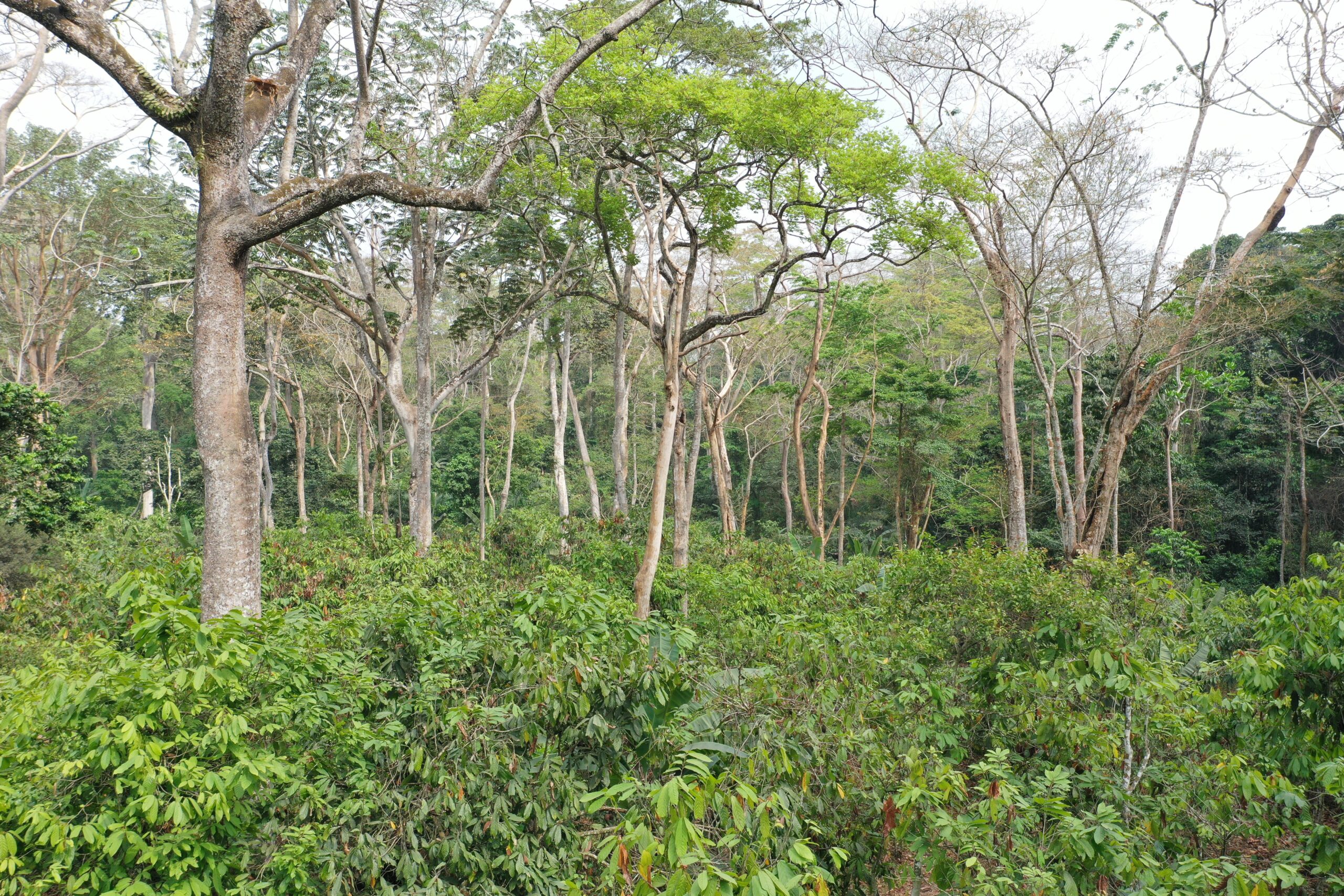
Complex agroforestry system in the Ntui living lab. The cocoa layer at the bottom and the shade trees at the top can be seen. Some shade trees are deciduous and were devoid of leaves at the season the picture was taken.
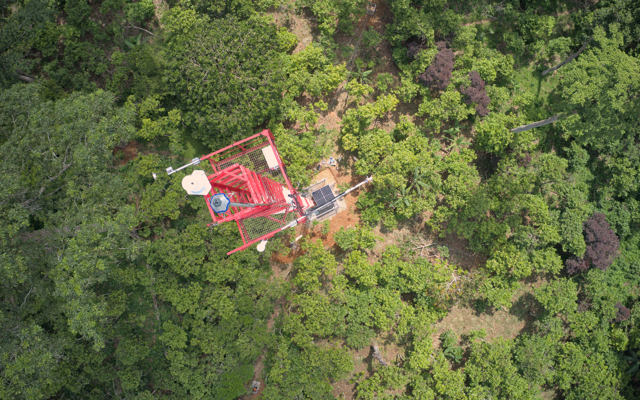
Tower as seen from a drone
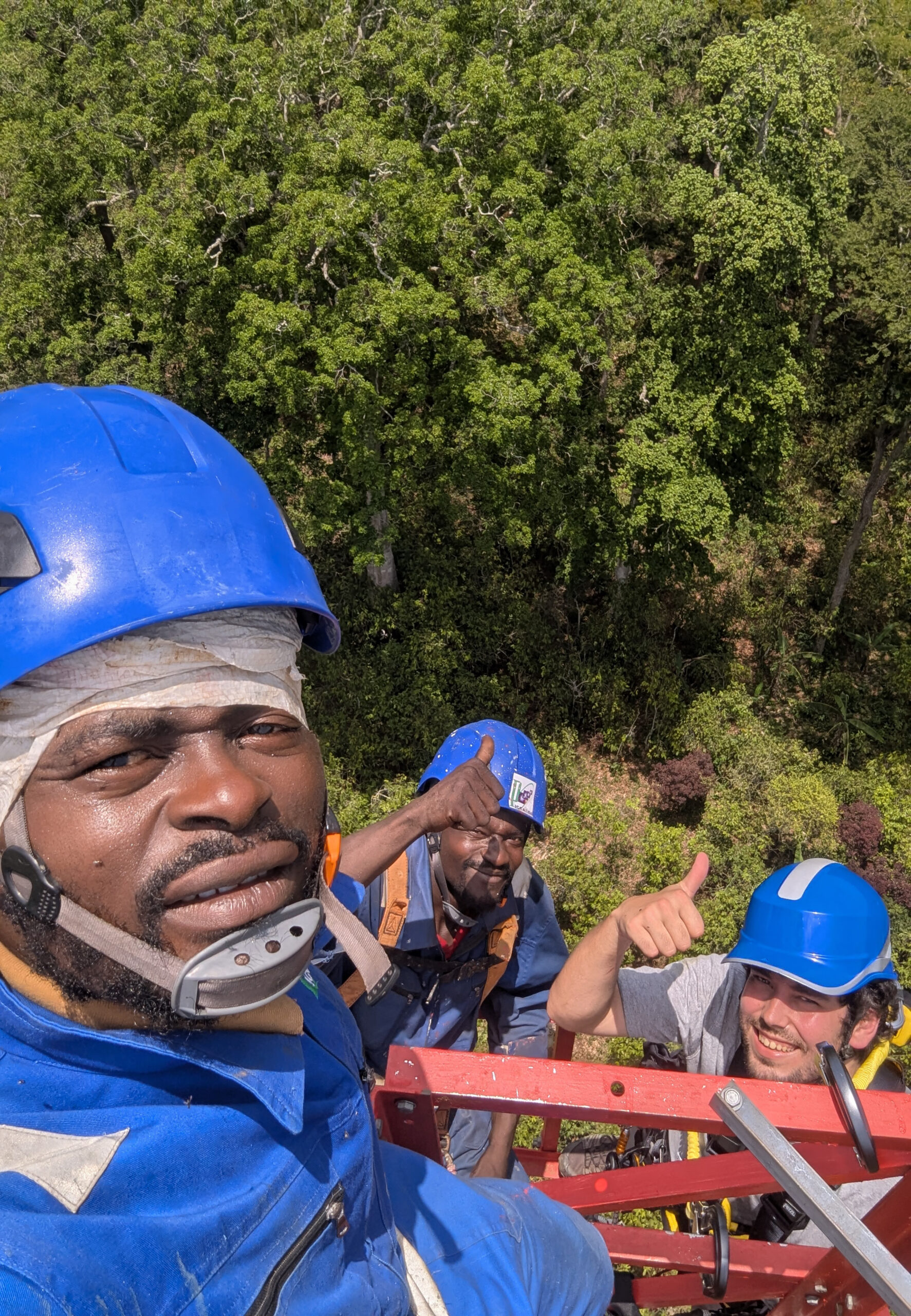
Inaugurating the tower in May
